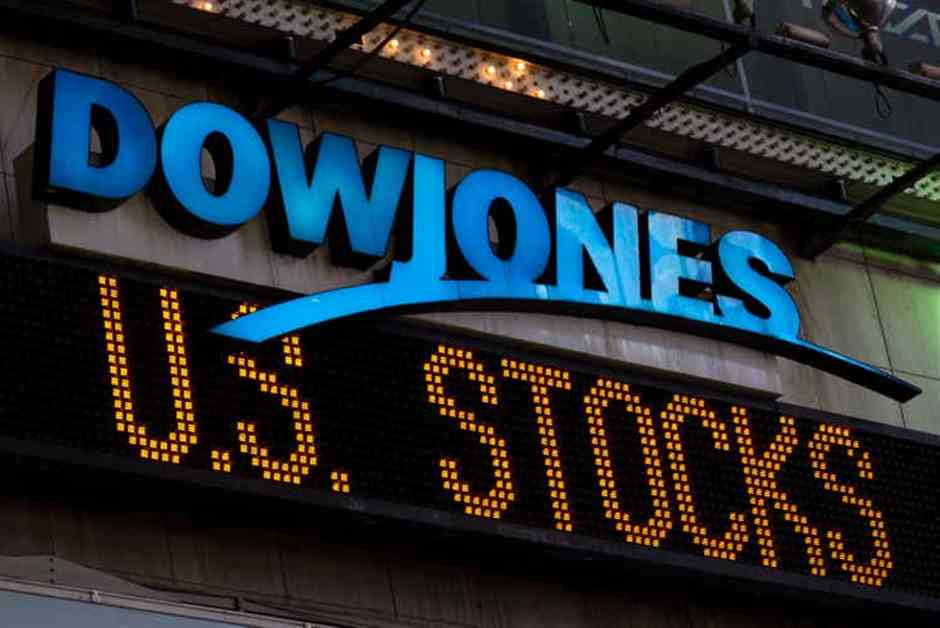Nvidia Poised to Potentially Replace Intel in the Dow Jones Industrial Average
Nvidia (NASDAQ:NVDA) is set to undergo a significant change as the stock will split 10-for-1 after the bell on Friday, bringing its price down to approximately $100. This move could position Nvidia as a strong contender for inclusion in the Dow Jones Industrial Average (DJI) (NYSEARCA:DIA), the iconic Wall Street index. The index, which has traditionally been seen as a barometer of the stock market, may benefit from increased AI representation with the addition of Nvidia.
The decision to potentially add Nvidia to the Dow comes as the index seeks to keep pace with the S&P 500 (SP500) (NYSEARCA:SPY) (IVV) (VOO), which has seen significant gains in the past year. With Nvidia being one of the largest companies in the world by market capitalization, it could follow in the footsteps of Amazon (AMZN) in joining the index post-stock split.
If Nvidia were to replace Intel (NASDAQ:INTC) in the Dow, it would mark the end of Intel’s nearly 25-year tenure in the index. Intel was added during the dot-com boom in November 1999 and has since seen fluctuations in performance. With Intel’s stock price hovering around $30, its impact on the index has been minimal compared to Nvidia, which would position itself in the lower third at around $110 post-split.
Investing Group leader Jonathan Weber highlighted the potential implications of Nvidia’s inclusion in the Dow, noting that ETFs replicating the index may be compelled to buy Nvidia shares, leading to a positive impact on the stock price. However, Weber cautioned against overinterpreting the significance of the stock split, emphasizing that it may not be a game-changer for the company in the long run.
As the Dow Jones Industrial Average continues to evolve, Nvidia’s entry could mark a new chapter in the index’s history. With the original Dow 11 starting at 40.94 points and undergoing various changes over the years, the addition of Nvidia could bring a fresh perspective to the index and reflect the growing significance of AI in today’s market landscape.


